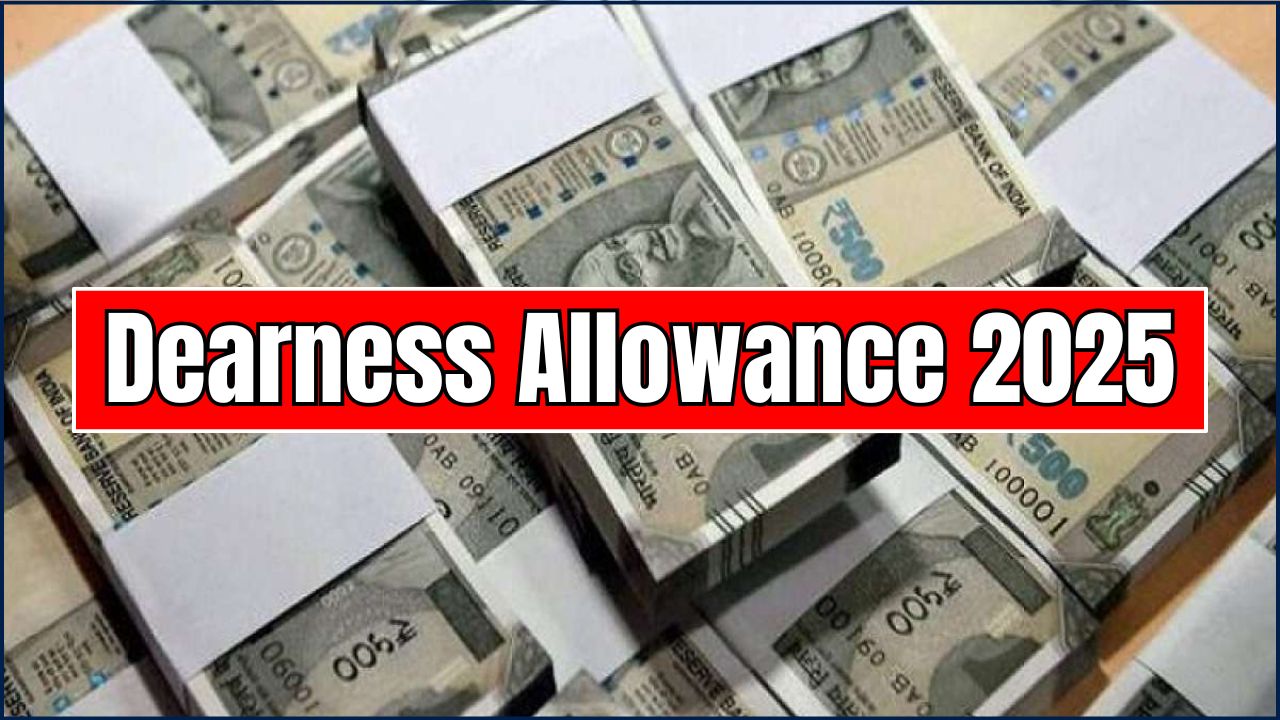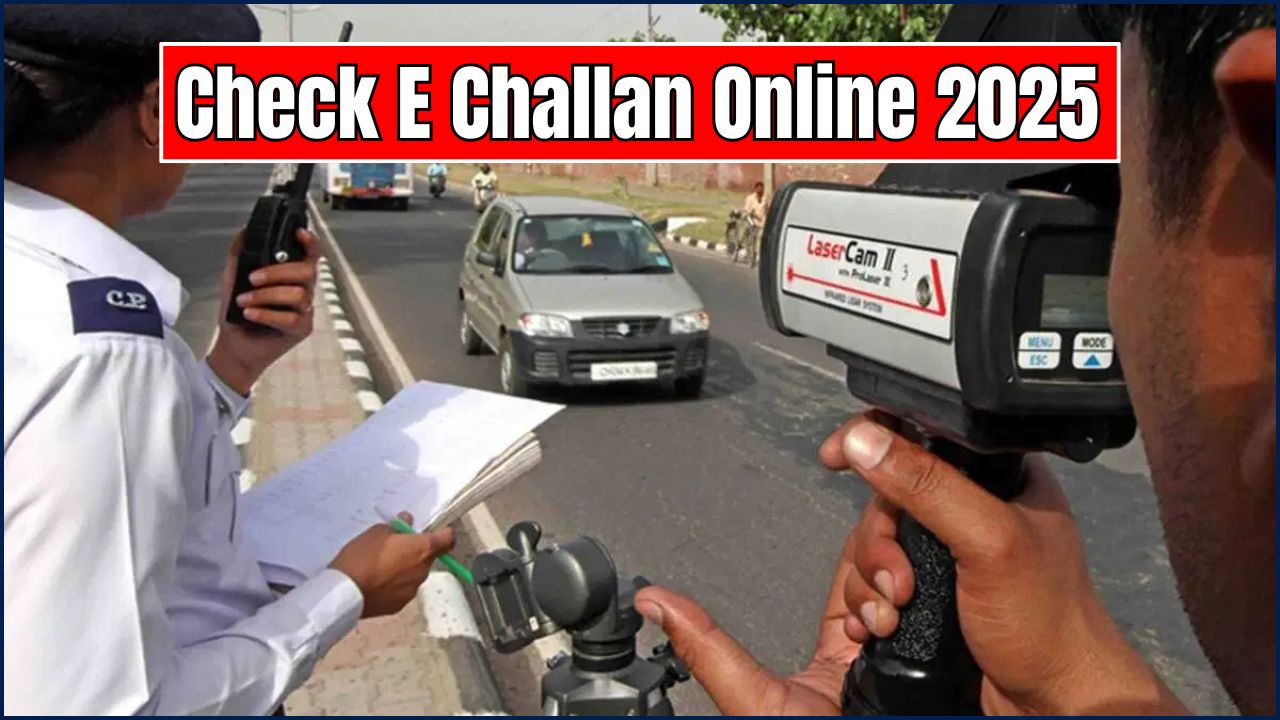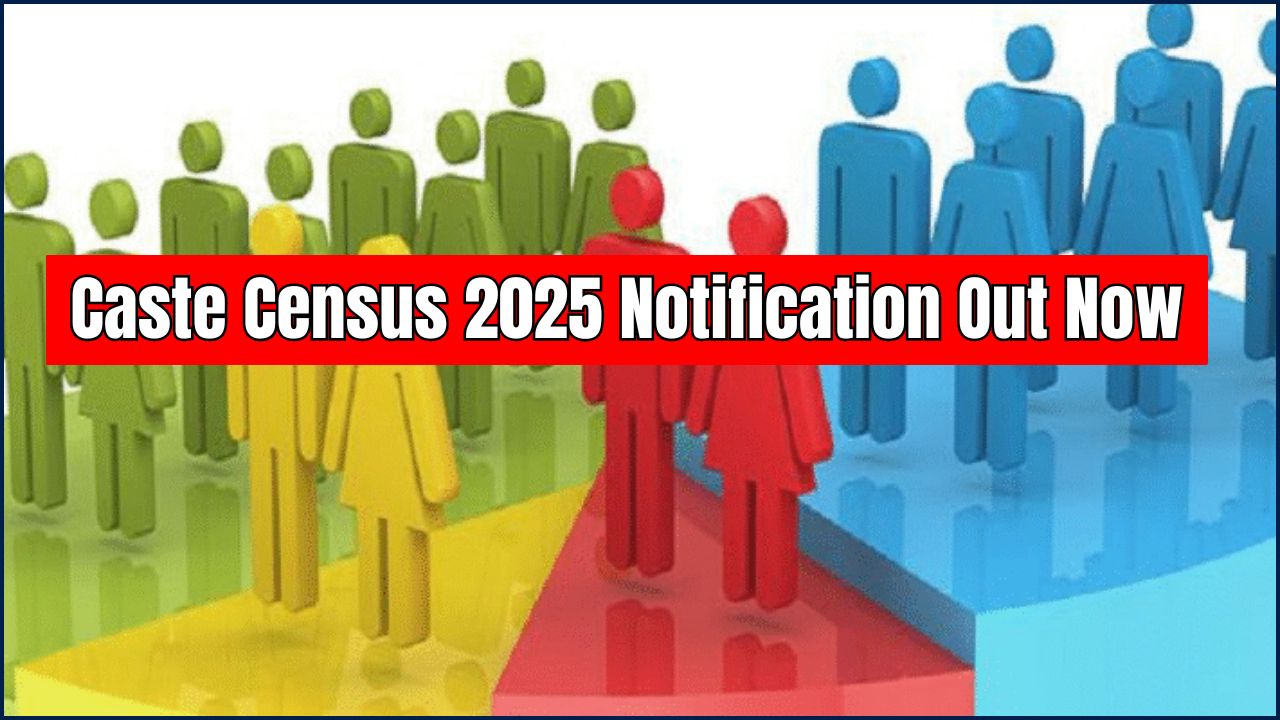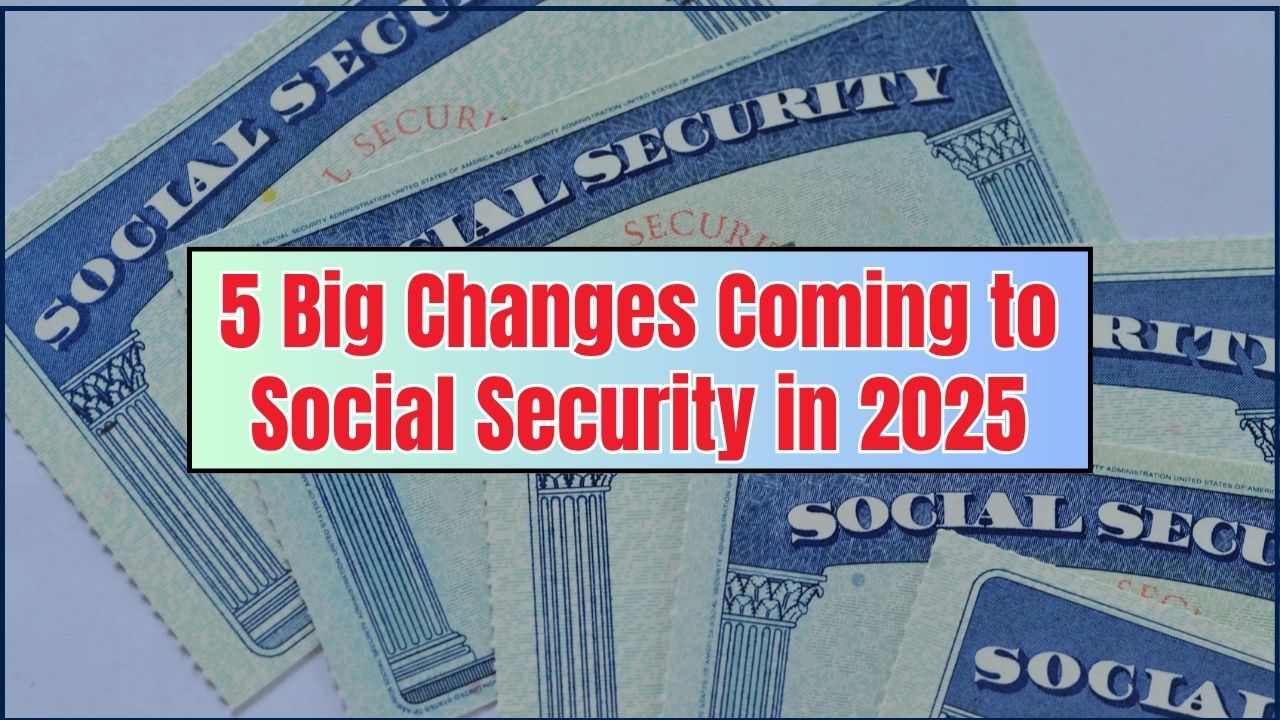In a bold and controversial move, Donald Trump—now seeking re-election—has reinstated and expanded a U.S. travel ban affecting 12 countries as of June 9, 2025. If you’re wondering why these nations were targeted or how this could impact global travel and immigration, you’re not alone.
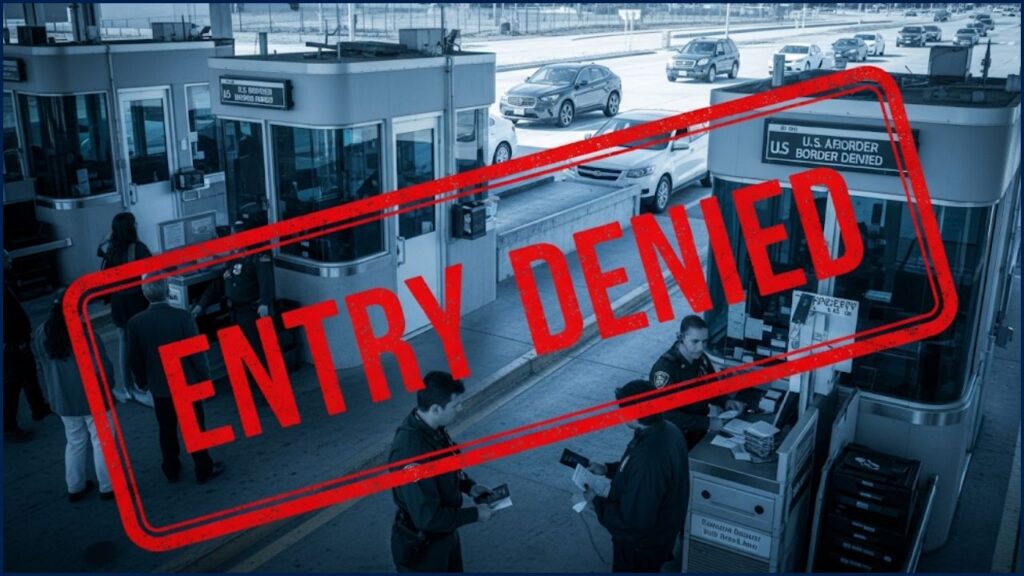
This article breaks it all down for you—no legal jargon, just real talk. Whether you’re a traveler, student, immigration lawyer, or just a curious citizen, you’ll walk away with a clear understanding of what this ban means.
Trump Travel Ban 2025
| Feature | Details |
|---|---|
| Ban Effective Date | June 9, 2025 |
| Total Banned Countries | 12 (Full ban), 7 (Partial) |
| Visa Types Affected | All nonimmigrant & immigrant visas |
| Legal Basis | INA Section 212(f) – Presidential authority |
| Exceptions | Green card holders, diplomats, athletes |
| Official Proclamation | WhiteHouse.gov |
| Common Keywords | Trump Travel Ban 2025, Countries Blocked from U.S., U.S. Immigration Ban 2025 |
The Trump Travel Ban 2025 is more than a headline—it’s reshaping global mobility, immigration law, and even international relations. If you’re from or have ties to one of the 12 affected countries, it’s time to stay informed and plan smart. This isn’t just politics; it’s personal, and the ripple effects are already being felt.
The Evolution of the U.S. Travel Ban
| Year | Event |
|---|---|
| 2017 | First Trump travel ban (Executive Order 13769), targeting 7 Muslim-majority nations |
| 2018 | Upheld by Supreme Court, expanded to 13 countries |
| 2021 | Rescinded by President Biden |
| 2025 | Reinstated and expanded by Trump, now covering 12 countries with full bans, 7 with partial bans |
List of 12 Countries Fully Banned from Entering the U.S.
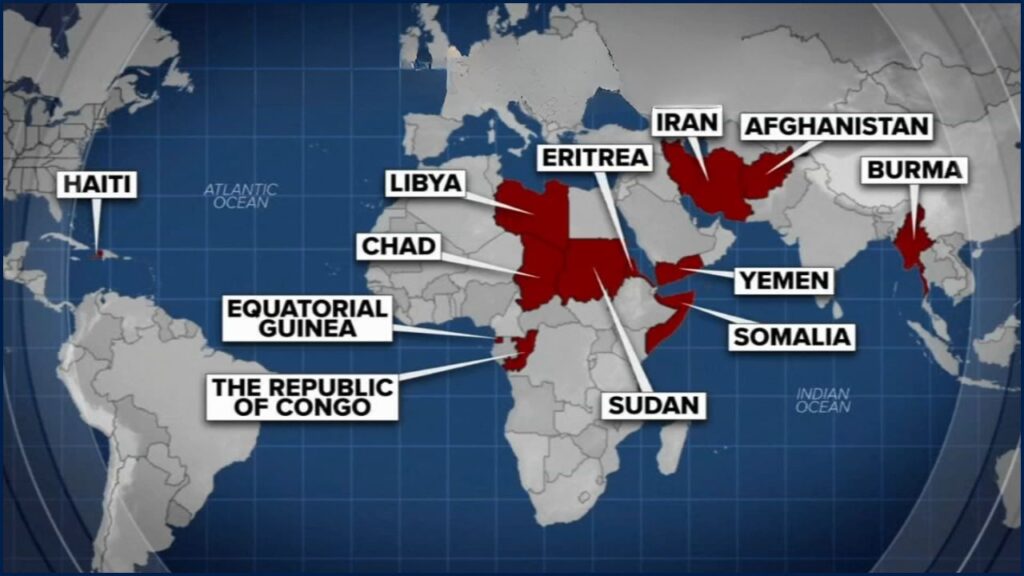
These nations are now blocked from entering the U.S. for any reason—work, school, tourism, or immigration:
- Afghanistan
- Myanmar (Burma)
- Chad
- Republic of the Congo
- Equatorial Guinea
- Eritrea
- Haiti
- Iran
- Libya
- Somalia
- Sudan
- Yemen
These bans include tourist visas (B1/B2), student visas (F, M, J), work permits (H-1B, L, O, etc.), and green card petitions. All shut down—unless you get a rare waiver.
Why These Countries Were Targeted
The administration cited multiple risk factors:
- High visa overstay rates (e.g., Eritrea: 47% overstay rate in 2023)
- Weak identity verification systems
- Failure to cooperate with U.S. deportation efforts
- National security threats (e.g., terrorism, drug trafficking)
- Recent criminal incidents, like the Colorado firebombing linked to a foreign national with a visa from one of the banned countries
According to DHS 2024 data, over 600,000 people overstayed visas in the U.S. in 2023, raising red flags for national security.
7 Countries Under Partial Visa Suspensions
These nations didn’t get the full hammer, but the U.S. is still limiting tourist and student visas:
- Burundi
- Cuba
- Laos
- Sierra Leone
- Togo
- Turkmenistan
- Venezuela
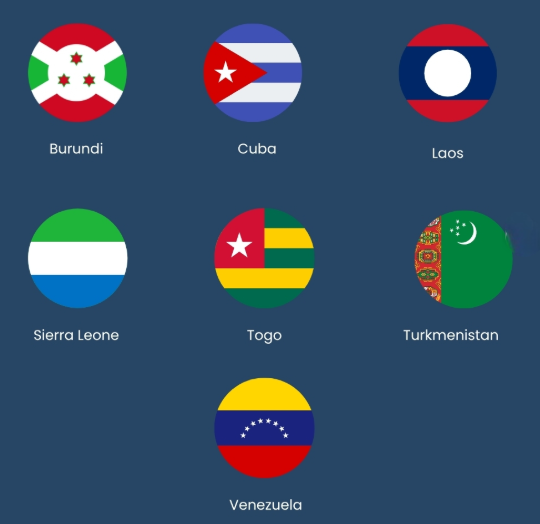
If you’re applying from one of these countries, you’ll face longer processing times or denials for non-essential travel.
Legal Authority Behind the Ban
Trump’s team used Section 212(f) of the Immigration and Nationality Act (INA), which gives presidents broad powers to suspend entry to “any aliens” deemed detrimental to U.S. interests.
This same law was upheld in Trump v. Hawaii (2018) by the Supreme Court, making it legally difficult to challenge.
Pro Tip: If you’re an immigration lawyer, now is the time to educate clients on how presidential powers impact their status.
Case Study: How This Impacts Real People
Example: Amina, a 22-year-old from Somalia, was accepted to Stanford University for Fall 2025. Under the new ban, her F-1 student visa is no longer valid. Unless granted a rare waiver, she can’t attend.
Example: Kamal, an Iranian businessman with a valid B1 visa, was planning to attend a tech conference in San Francisco. He’s now blocked at the consulate, despite holding a visa granted in 2024.
Reactions from Around the World
- UN Human Rights Office condemned the move as “discriminatory and regressive.”
- Iran’s foreign ministry called it a “clear act of hostility.”
- France, Germany, and Canada issued travel advisories urging dual nationals to use passports from neutral countries.
Here at home, the ACLU and immigrant rights groups have filed lawsuits, arguing the order violates constitutional protections and international norms.
Who’s Exempt from the Ban?
You’re not affected if you fall under:
- U.S. green card holders or citizens
- Spouses and children of U.S. citizens
- Diplomats
- Dual nationals traveling with a passport from a non-banned country
- Olympic/World Cup athletes and associated personnel
- Refugees and asylum seekers through proper channels
2017 vs. 2025 Trump Travel Bans
While both aim to restrict entry, the 2025 travel ban has some key differences from the initial ban implemented in 2017. Here’s a quick comparison:
| Feature | 2017 Travel Ban (Initial) | 2025 Travel Ban (Current) |
| Primary Focus | Muslim-majority countries, often dubbed the “Muslim Ban.” | Broader scope, including countries with high visa overstay rates and perceived national security risks. |
| Number of Countries | Initially 7 countries (later adjusted). | 19 countries total: 12 with full suspension, 7 with partial restrictions. |
| Visa Types Affected | Varied restrictions, including immigrant and non-immigrant visas. | Full suspension for immigrant and non-immigrant visas for 12 countries; partial suspension for specific non-immigrant visas (B-1/B-2, F, M, J) for 7 countries. |
| Waiver Process | Limited or no clear humanitarian waiver process initially. | No explicit humanitarian waiver process, but case-by-case national interest exceptions may be considered. |
| Key Justification | National security concerns, preventing terrorist entry. | National security, public safety, and, notably, high non-immigrant visa overstay rates. |
How to Apply for a Waiver
Waivers are considered case-by-case and require:
- Proof you’re not a security threat
- Evidence of undue hardship
- Strong U.S. connections (family, education, business)
Start your application via your local U.S. Embassy or travel.state.gov. Consider hiring an immigration attorney.
FAQs
Q: Can the ban be overturned?
A: Yes, by a new president, court injunction, or congressional override—but it’s legally solid for now.
Q: Will it expand to other countries?
A: Possibly. The State Department is reviewing 36 more nations.
Q: What happens if I already have a valid visa?
A: You may be able to travel, but future renewals are not guaranteed.
Impact on the U.S. Economy and Education
Many experts warn that the ban will hurt:
- U.S. universities, which rely on international students (who contributed $38 billion in 2023)
- Tourism and hotel industries in cities like New York, Miami, and L.A.
- Tech and medical sectors, where foreign workers fill crucial jobs
Think it won’t affect you? Imagine a hospital without foreign-trained nurses, or a lab without international PhDs.
What You Can Do Right Now
- Check your visa status
- Visit uscis.gov or travel.state.gov for updates
- Talk to a licensed immigration attorney
- Share this guide with anyone who might be affected

